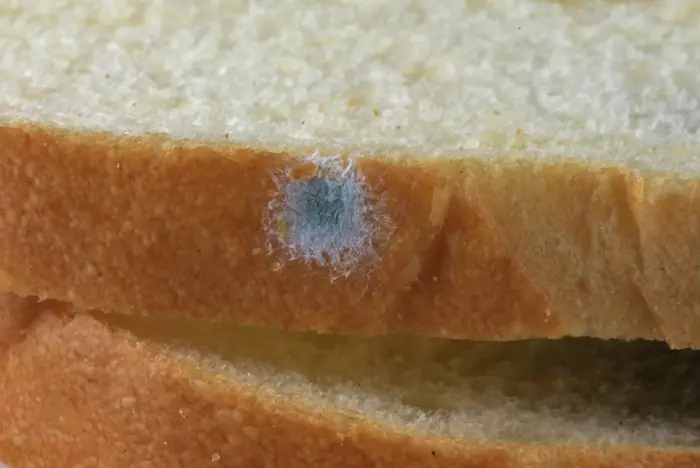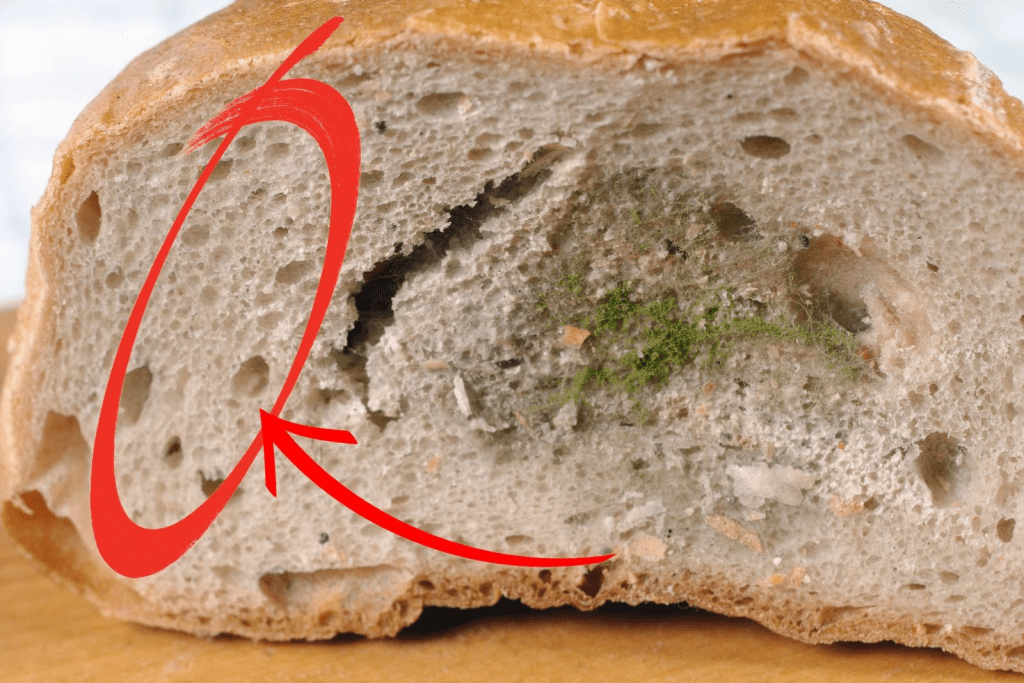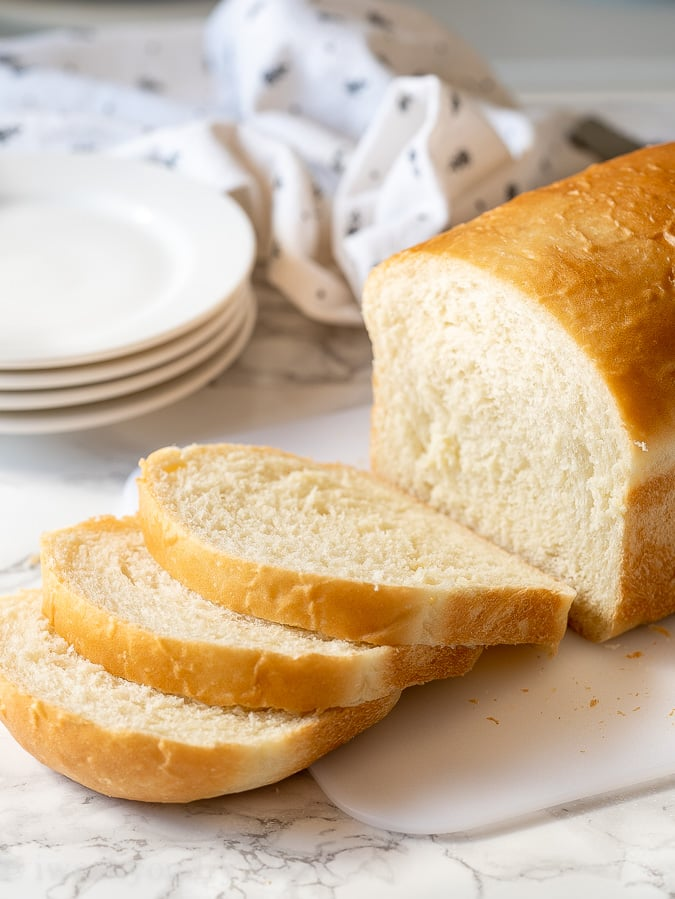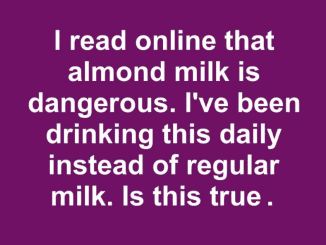We’ve all been there—you’re about to make a sandwich, and you notice a small patch of mold on your bread. Your first instinct might be to cut off the moldy part and salvage the rest, but is that really safe? While wasting food is frustrating, eating moldy bread might be riskier than you think. Let’s dive into what mold really is, how it spreads, and whether or not you should take the risk of eating bread that’s past its prime.
Understanding Mold: What It Is and How It Grows

Mold is a type of fungus that thrives in warm, damp environments. It spreads by releasing microscopic spores that travel through the air, landing on food, and growing rapidly when conditions are right. Bread, with its moisture content and nutrient-rich ingredients, is an ideal breeding ground for mold.
But here’s the problem—mold doesn’t just grow on the surface. By the time you see visible mold, its tiny roots (called hyphae) may have already spread deep into the bread, making it difficult to remove all traces of contamination.
Types of Mold Commonly Found on Bread
Not all mold is created equal, and some types are more harmful than others. The most common molds that grow on bread include:
- Penicillium – Often blue or green, this mold can produce harmful toxins.
- Aspergillus – A fuzzy white or yellow mold that may cause respiratory issues.
- Rhizopus – Also known as “black bread mold,” it spreads quickly and can cause allergic reactions.
- Cladosporium – Appears black or green and can trigger asthma or allergy symptoms.
While some molds are relatively harmless, others can release mycotoxins—toxic compounds that pose serious health risks if ingested.
Health Risks Associated with Eating Moldy Bread
You might be wondering—what’s the worst that could happen if you eat bread with a little mold? The truth is, consuming moldy bread can cause a range of health problems, including:
- Digestive issues – Nausea, vomiting, diarrhea, or stomach cramps.
- Allergic reactions – Sneezing, runny nose, itchy eyes, or breathing difficulties.
- Respiratory problems – Exposure to mold spores can trigger asthma attacks or lung infections, especially in individuals with weakened immune systems.
- Mycotoxin poisoning – Long-term exposure to certain molds can lead to more severe health complications, including liver damage and immune suppression.
While not everyone will experience symptoms, it’s better to be cautious rather than risk your health over a slice of bread.
Can You Safely Cut Off the Moldy Part and Eat the Rest?
The short answer? No.
Unlike hard foods like cheese or cured meats, where mold stays mostly on the surface, bread has a soft and porous texture that allows mold to penetrate deeply. Even if you cut away the visible mold, microscopic spores may still be lurking inside the remaining portion of the loaf.
Because mold spreads through invisible root-like structures, it’s impossible to tell how far the contamination has gone just by looking at it. So, even if your bread looks fine after cutting away the mold, it could still be unsafe to eat.
Expert Opinions on Eating Moldy Bread

Food safety experts, including the USDA (United States Department of Agriculture) and FDA (Food and Drug Administration), strongly advise against eating moldy bread. Their recommendation is clear—if you see mold, discard the entire loaf.
Why? Because bread is a high-moisture food, which makes it easier for mold to spread throughout. Unlike hard cheeses, where you can safely cut off moldy parts with a generous margin, bread should not be salvaged once mold appears.
Alternatives to Eating Moldy Bread
If you hate wasting food, there are still ways to use moldy bread without eating it:
- Composting – Moldy bread breaks down naturally and can be used to enrich soil in your garden.
- Feeding birds (with caution) – Some birds can tolerate slightly stale bread, but be sure it’s not overly moldy, as certain molds can be harmful to wildlife.
- DIY cleaning hacks – Some people use old (non-moldy) bread for cleaning surfaces like glass or removing odors from refrigerators.
How to Prevent Mold Growth on Bread

Instead of dealing with moldy bread, take steps to store it properly and extend its freshness. Here’s how:
- Keep bread in a cool, dry place – Avoid storing bread in warm, humid environments, as mold thrives in moisture.
- Use airtight containers or bread boxes – This prevents exposure to mold spores in the air.
- Refrigerate or freeze bread – Storing bread in the fridge can slow down mold growth, and freezing it can extend its shelf life for months.
- Buy smaller quantities – Only purchase what you can consume within a few days to minimize waste.
Conclusion: Is It Worth the Risk?
When it comes to moldy bread, the safest decision is to throw it away. While cutting off the moldy section might seem like a good idea, the reality is that mold spores spread beyond what the eye can see. The health risks far outweigh the small amount of bread you might save.
Instead of taking chances, focus on proper storage techniques to prevent mold from forming in the first place. When in doubt, always prioritize your health and safety—because no sandwich is worth getting sick over.


